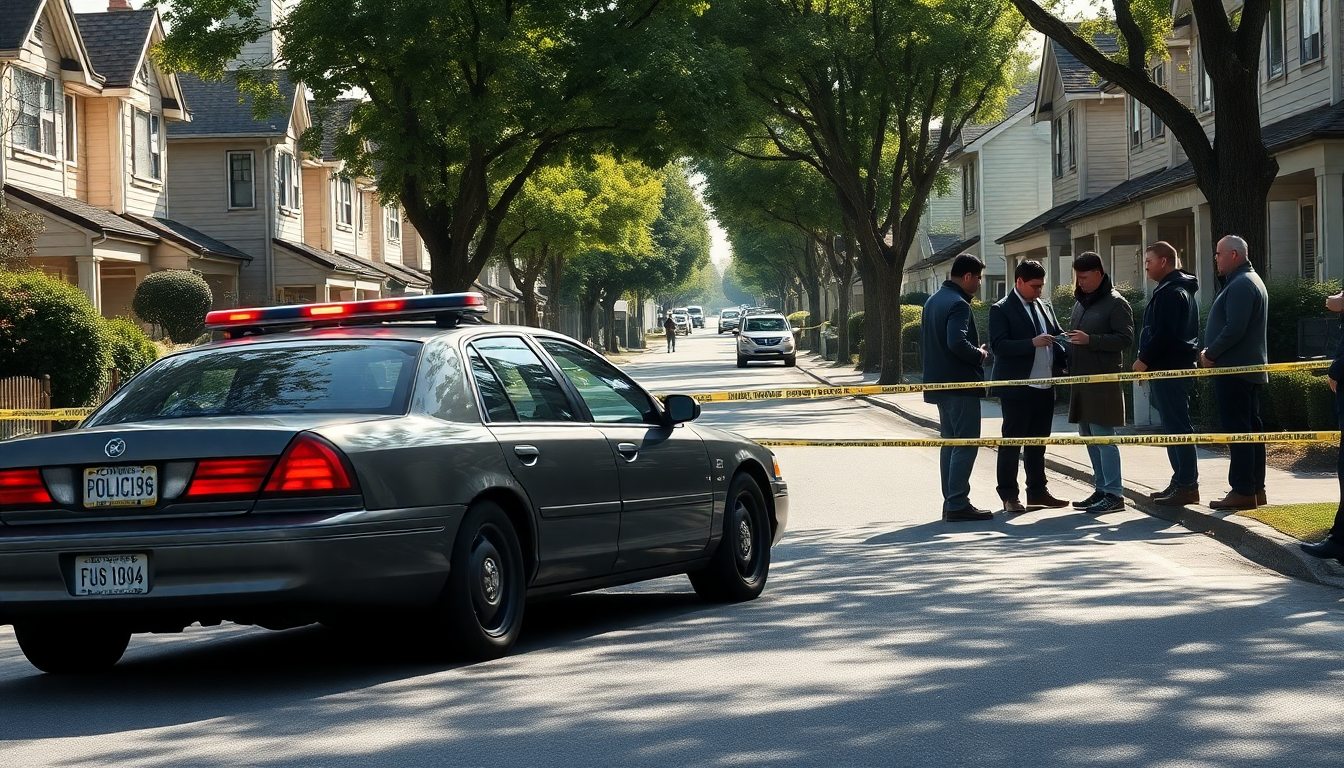Table of Contents
The recent tragic event in Richmond, B.C., where a woman lost her life and a man has been arrested, highlights just how complex and serious homicide investigations can be. It’s not just a shocking incident for the community; it raises important questions about what happens next.
Understanding the ins and outs of homicide investigations is vital, especially when it comes to public safety and the legal processes that follow. So, what really goes on behind the scenes when such a tragedy occurs?
Overview of Homicide Investigations
When police respond to a homicide, their first task is to secure the area and ensure the safety of any potential witnesses. In Richmond, officers acted quickly after reports of a “serious incident” at a residence on Capstan Way. The victim was rushed to the hospital, but tragically, she did not survive.
In these critical situations, specialized teams like the Integrated Homicide Investigation Team (IHIT) step in to take charge of the investigation, ensuring every detail is handled with care and expertise.
The role of IHIT is crucial because they gather resources from various departments to conduct a thorough investigation.
This involves analyzing evidence, interviewing witnesses, and piecing together the circumstances surrounding the crime. The investigation process is meticulous and often takes time—investigators need to ensure they get every detail right to understand what led to such a tragic event.
Community Impact and Safety Concerns
One of the first things on everyone’s mind after a homicide is the safety of the surrounding community. Authorities usually step in to reassure the public, as was the case in Richmond, where police confirmed there was no ongoing threat.
This type of communication is essential in preventing panic and maintaining trust within the community. After all, the sense of safety is crucial, especially in neighborhoods where families and children live and play.
But the emotional and psychological impact on the community can’t be ignored. Homicides often create fear and anxiety, leading to calls for a stronger police presence and more community engagement. Law enforcement agencies typically hold community meetings to address concerns, provide updates on the investigation, and offer support for those affected by the crime. How can communities come together to heal in the wake of such tragedies?
Legal Proceedings and Future Implications
Once a suspect is arrested, the legal process kicks off. This includes arraignment and potential trial proceedings, which can get quite complicated. The accused has the right to a fair trial, and the prosecution must build a strong case based on the evidence collected during the investigation. The outcome of these proceedings can have serious implications—not just for the individuals involved, but also for how the community perceives justice and safety.
Moreover, homicide cases often spark conversations about broader societal issues, like mental health resources, domestic violence prevention, and community support systems. The aftermath of these events can lead to significant changes, raising awareness and prompting preventive measures to help reduce violent crime. Isn’t it crucial for communities to address these underlying issues to foster a safer environment?
Conclusion: The Need for Vigilance and Support
To wrap things up, homicide investigations are complex processes that require careful planning, community involvement, and legal navigation. Every incident is unique and demands a tailored approach to meet the immediate needs of the community while ensuring justice is pursued. As we reflect on the recent events in Richmond, it’s vital to create a supportive atmosphere where residents feel safe and informed, and where proactive changes can be implemented to prevent future tragedies. What steps can we take together to make our communities safer?





